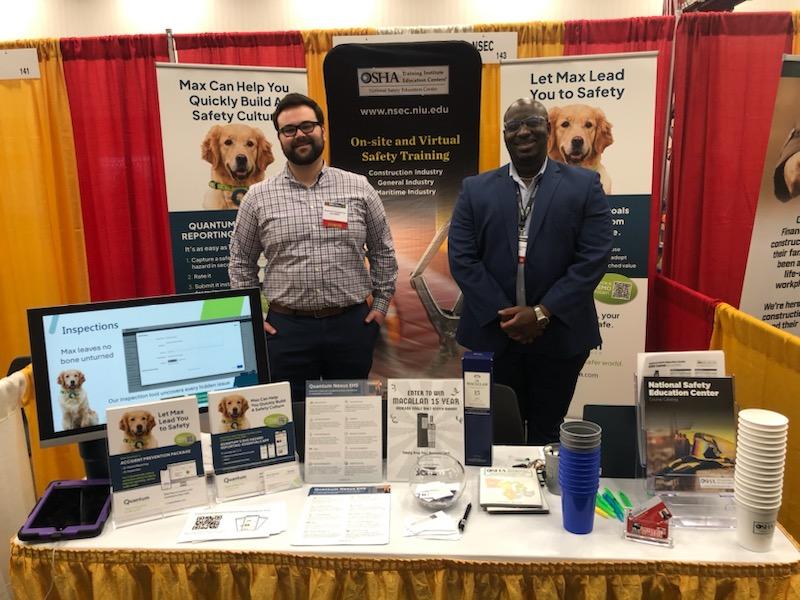Before you paint your house, you test a few samples, right? After all, you wouldn’t want to find out AFTER you finish laboring for days that “Soft Sunrise” actually looks like “School Bus 1979.” The same principle applies when converting MSDS to GHS-compliant SDS. Don’t wait until the last second to find out whether or not you’ll encounter surprises.
With the implementation of GHS, chemical manufacturers no longer have the discretion to decide how they want to display or disclose the product information. The Purple Book mandates consistent classification and communication provisions that indicate whether a chemical product is hazardous, to remove potential significant hazards to downstream users. Included in the provisions are the Hazard Communication Standard (HCS) pictograms.
Designed to alert users of the chemical products to which they may be exposed, many consider the HCS visual cues regulatory overkill, as they can create the impression that a product is more hazardous than not. Many manufacturers have expressed concern that the pictograms are equivalent to skull and crossbones pictures on their SDSs.
Take a deep breath. You still have time to understand and plan for your new SDSs. Try converting a sample sheet now, so you will have sufficient time to react to any unexpected results.






